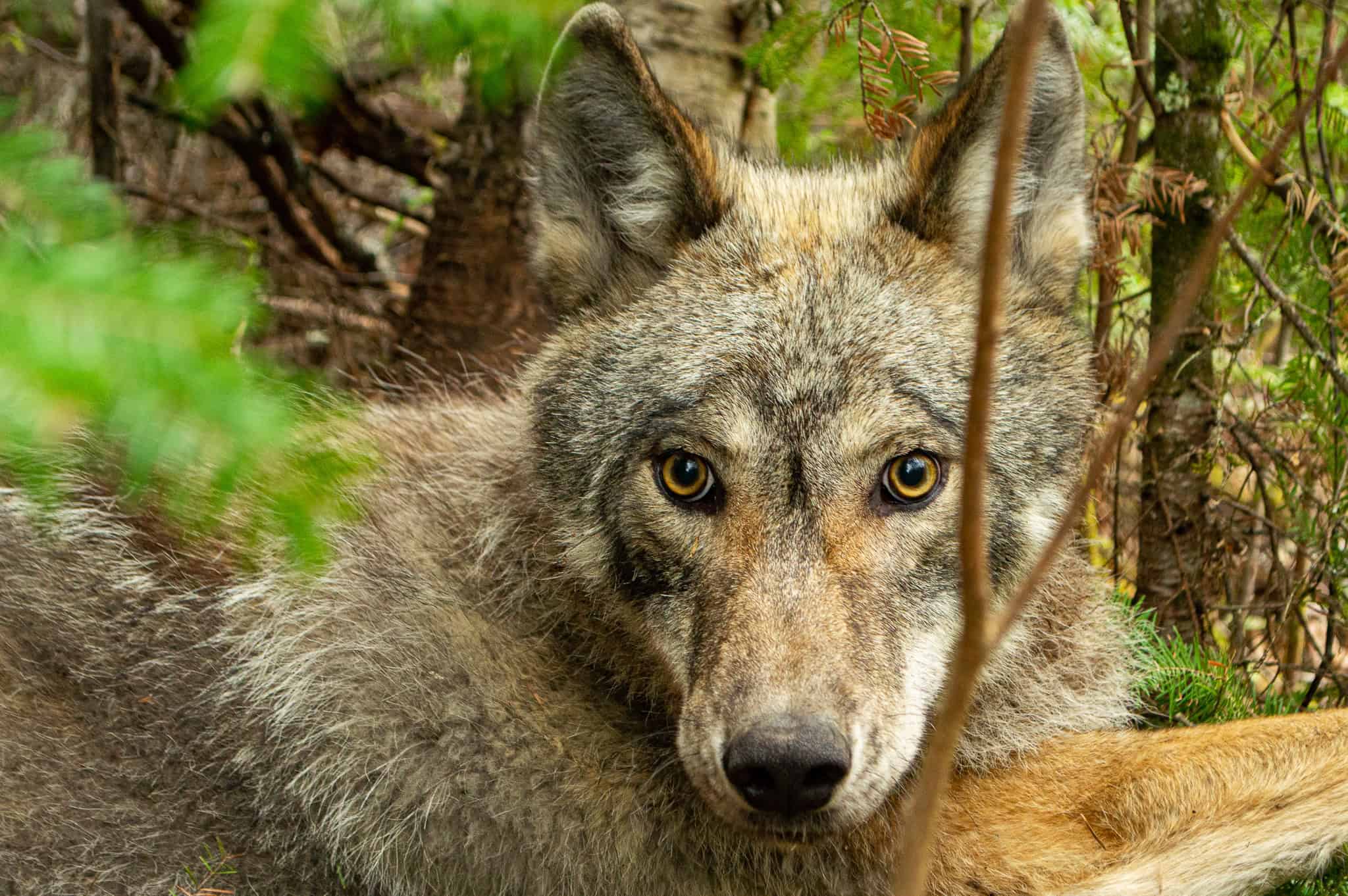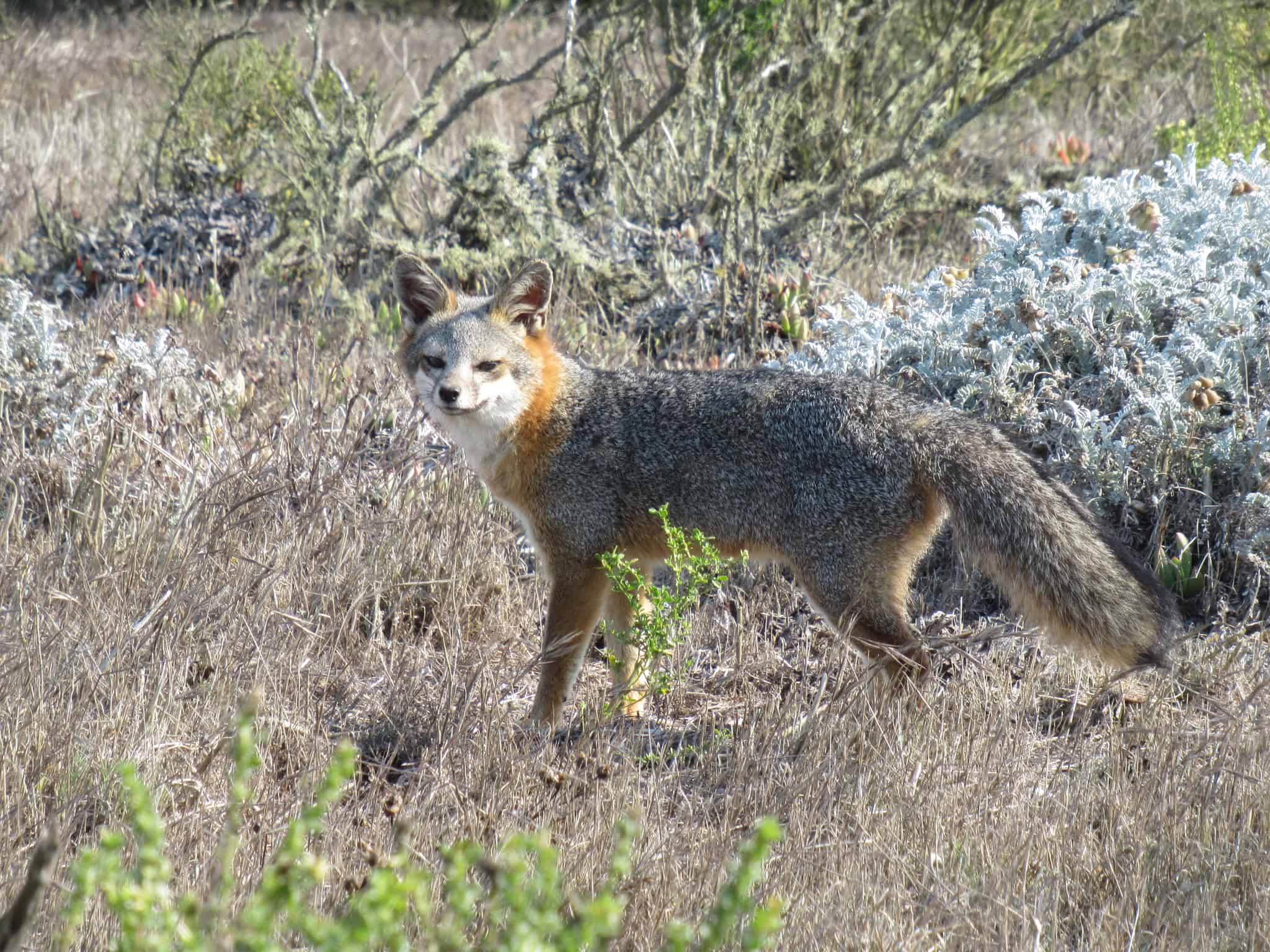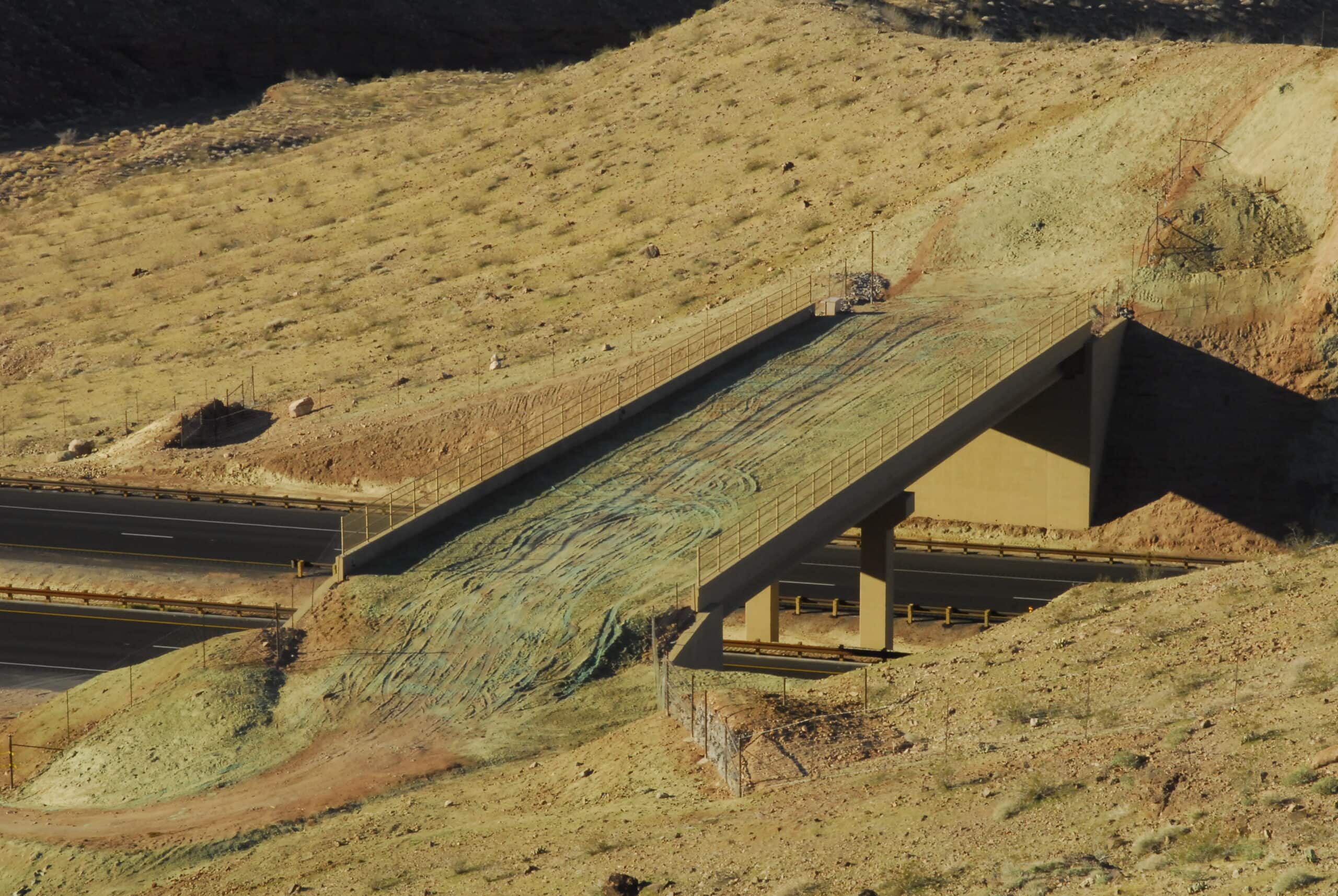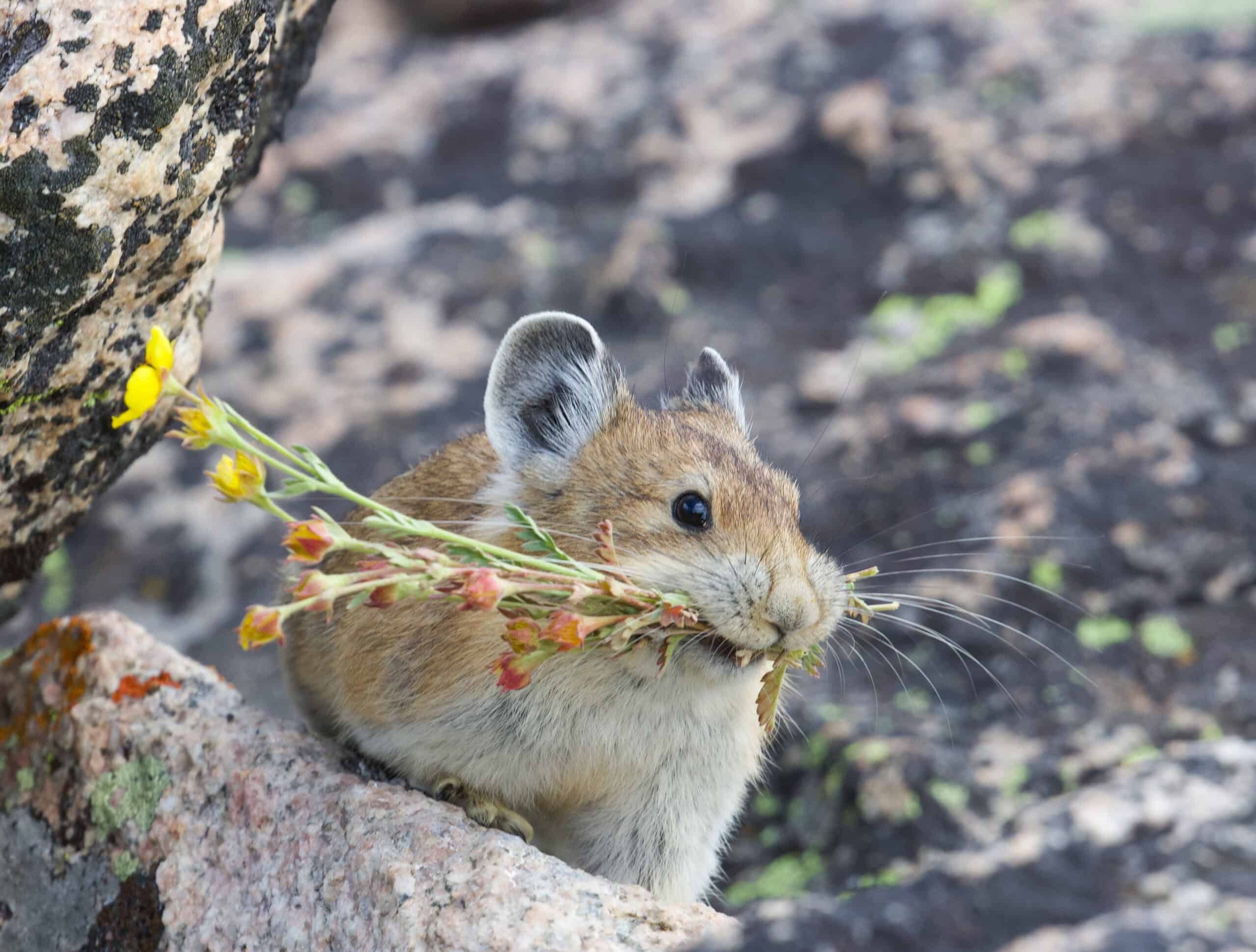
Kansas cancels fall turkey hunt
The decision came due to declines over the past 15 years
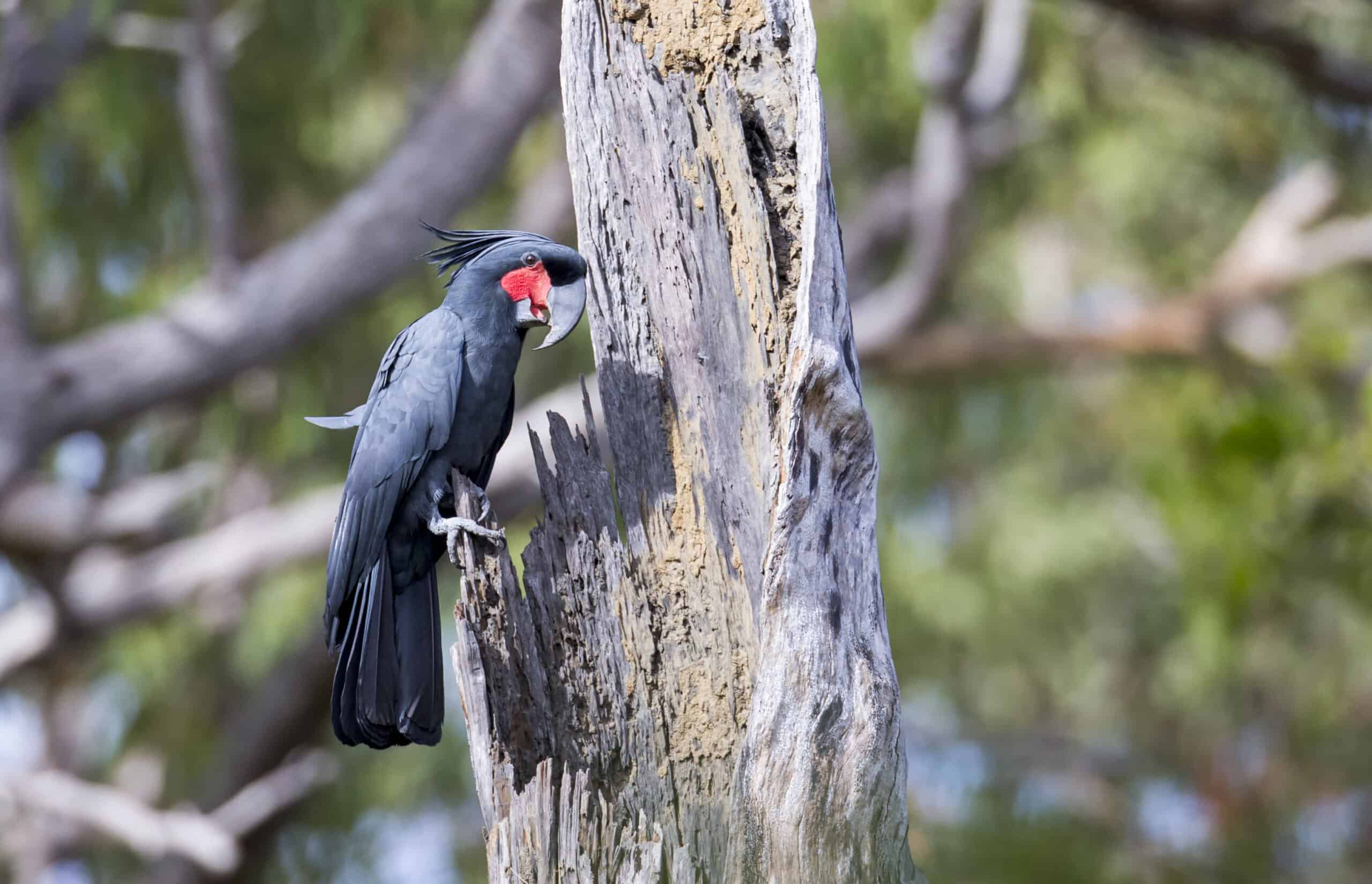
Watch: Palm cockatoos craft their own drums
Researchers found personal taste guides their instrument making
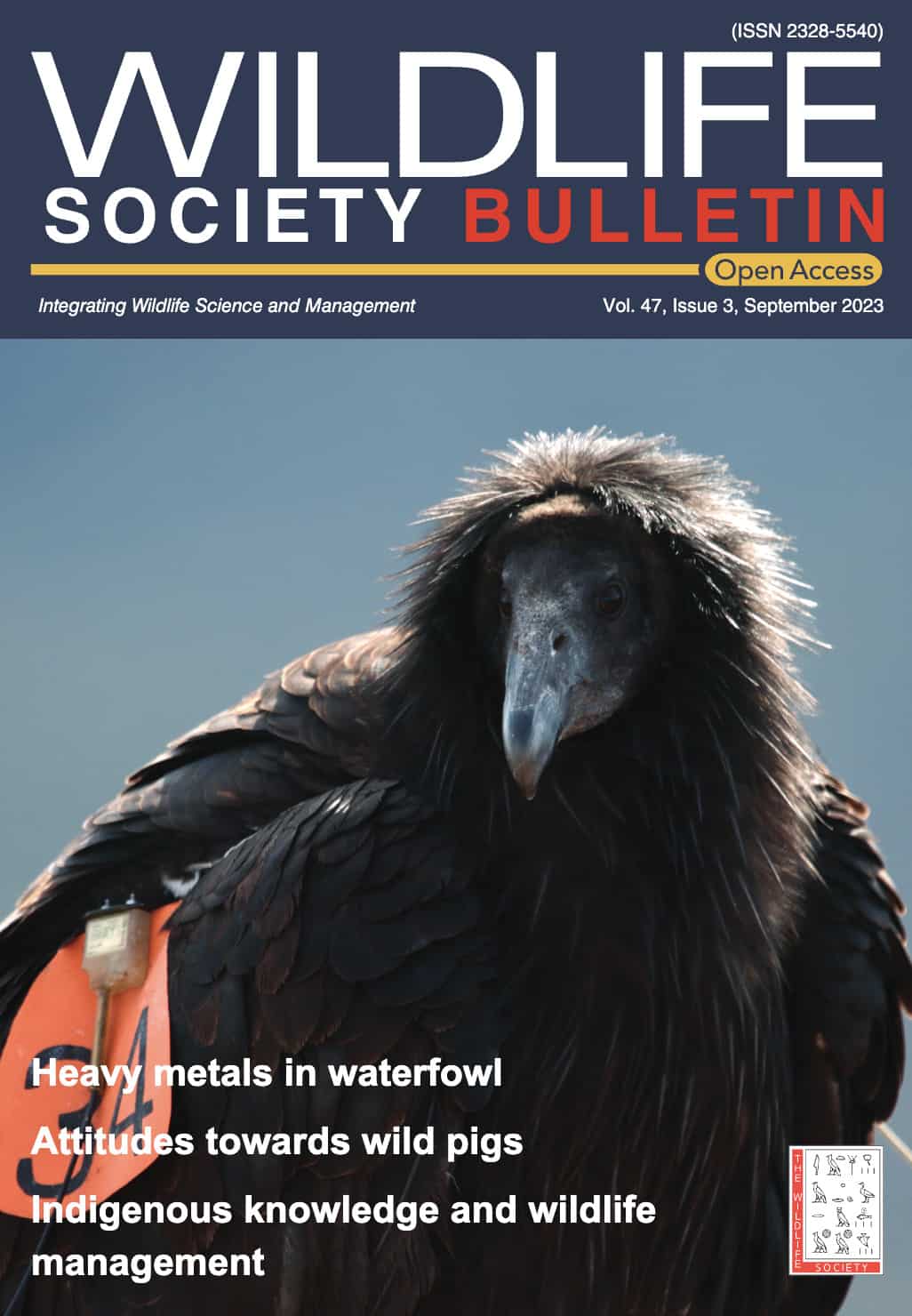
The September issue of the Wildlife Society Bulletin is now available
Articles focus on metal levels in waterfowl, Indigenous knowledge and more

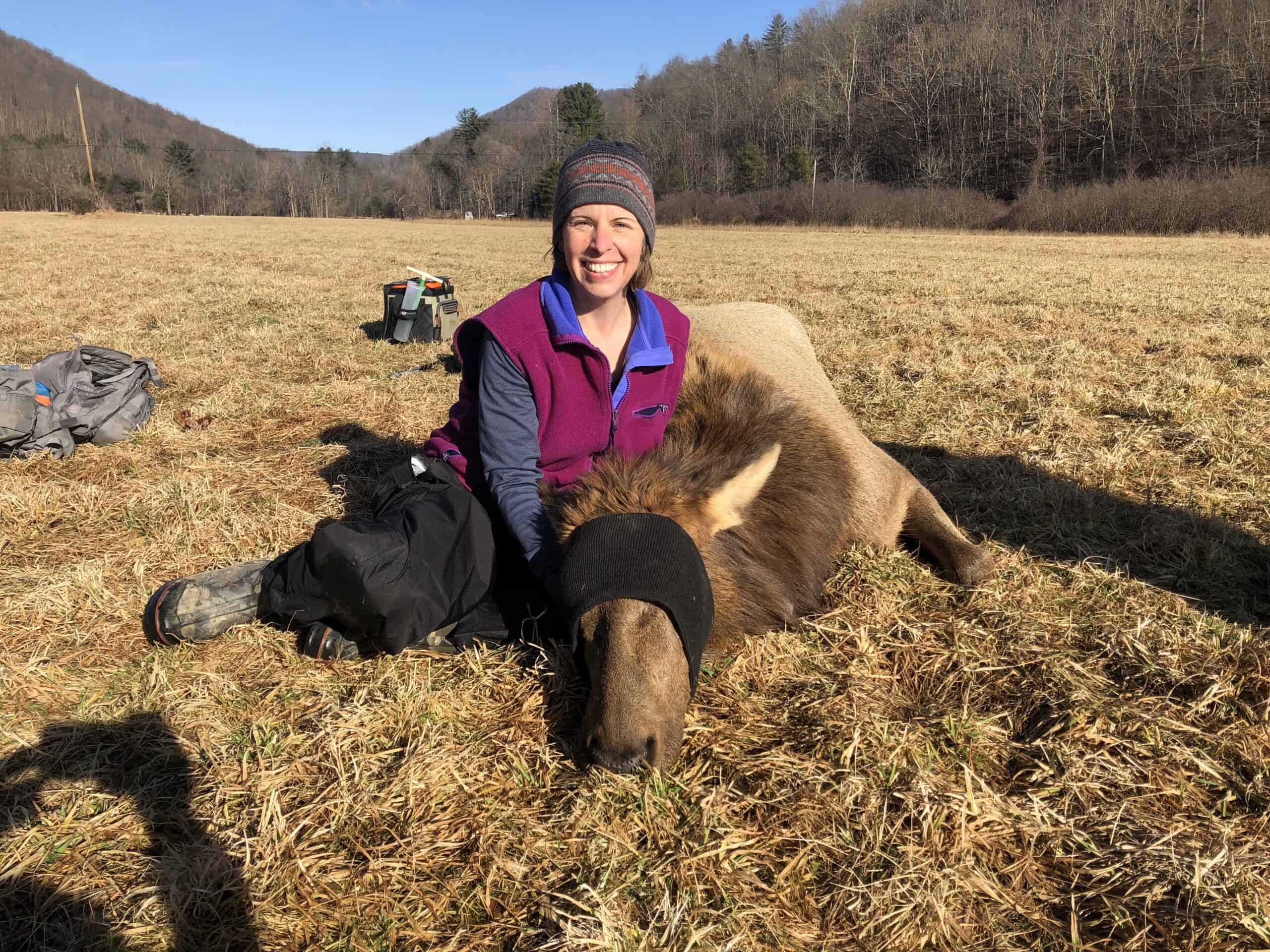
TWS Award: Two wildlifers recognized for their service to the wildlife field
Seth Magle and Jeannine Fleegle earned the Special Recognition Service Award this year
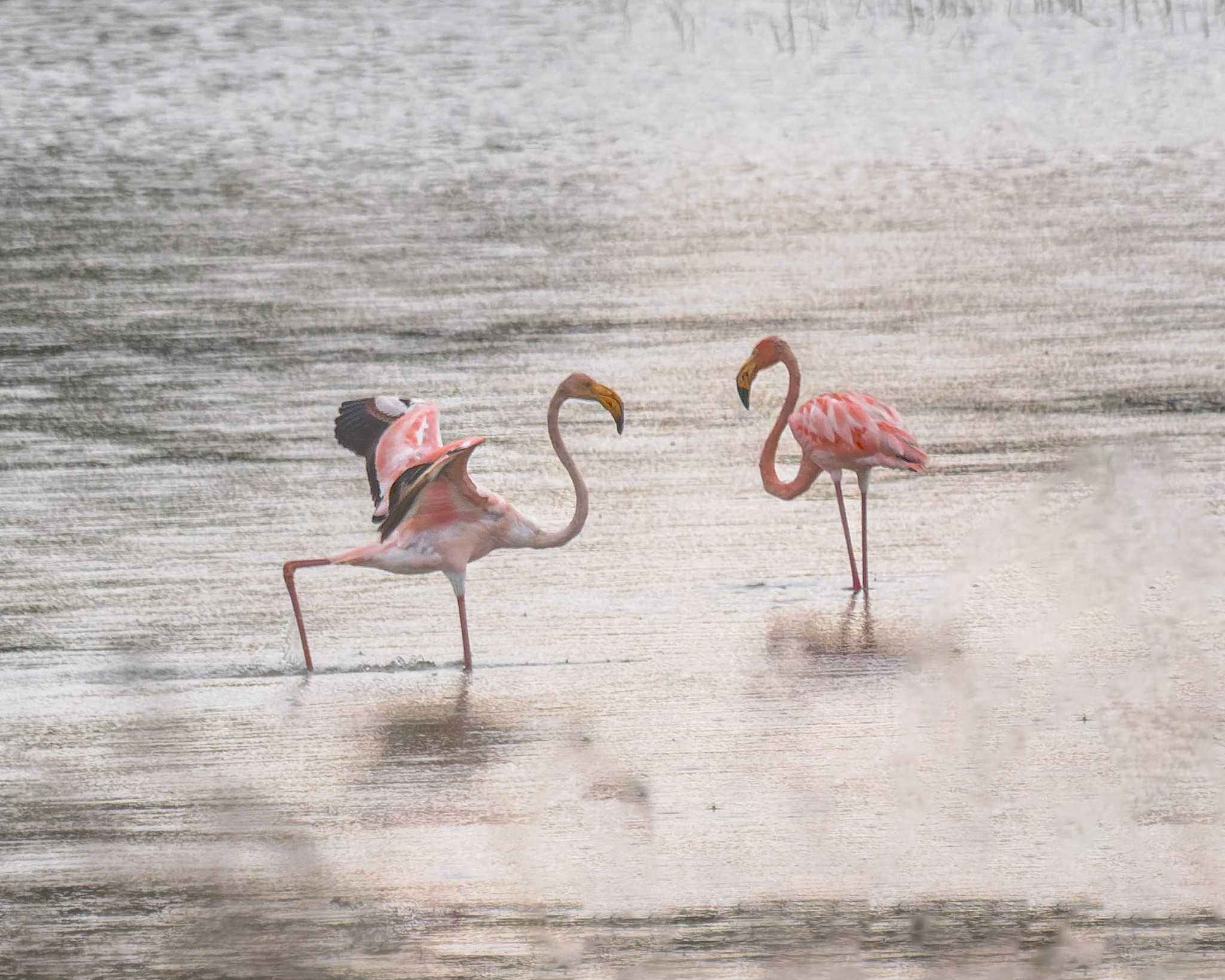
Flamingos appear in far-flung states following hurricane
The tropical birds have been seen as far as Pennsylvania and Ohio
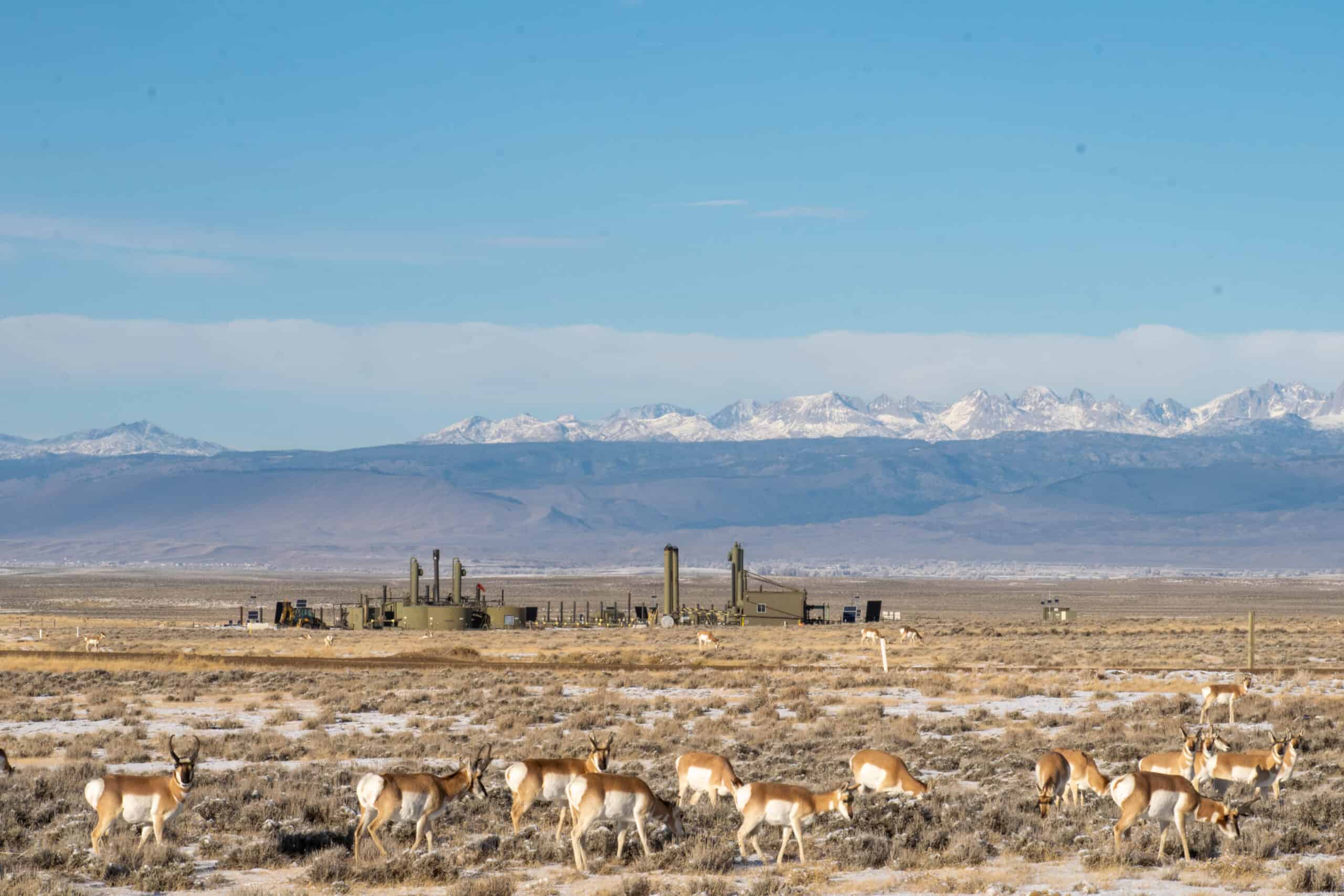
Proposed BLM rule prioritizes wildlife habitat over oil and gas development
The rule also increases returns for taxpayers
PAID AD

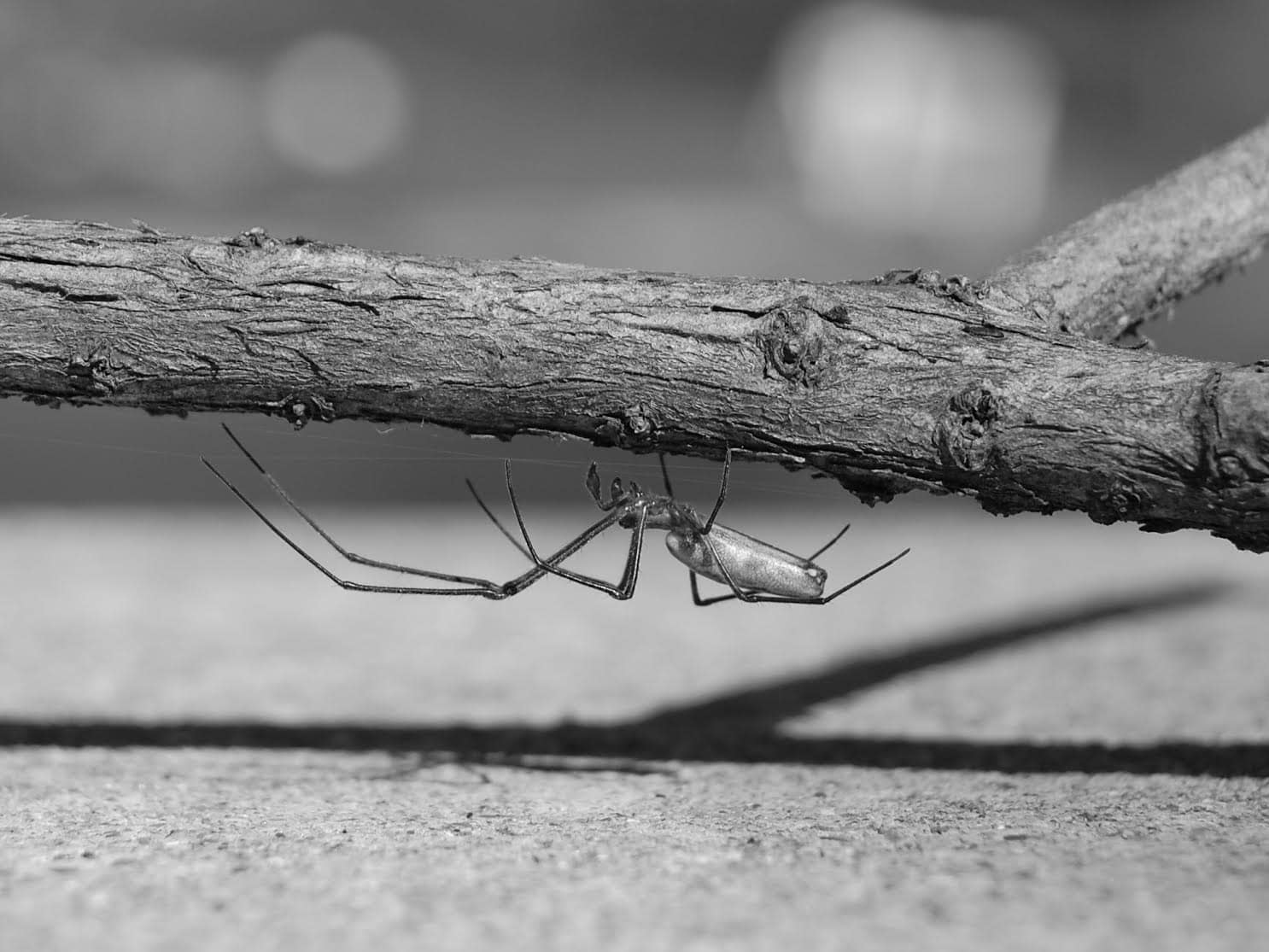
Spiders pass mercury to land animals
Arachnids can be an indicator of mercury pollution in bats, birds and amphibians
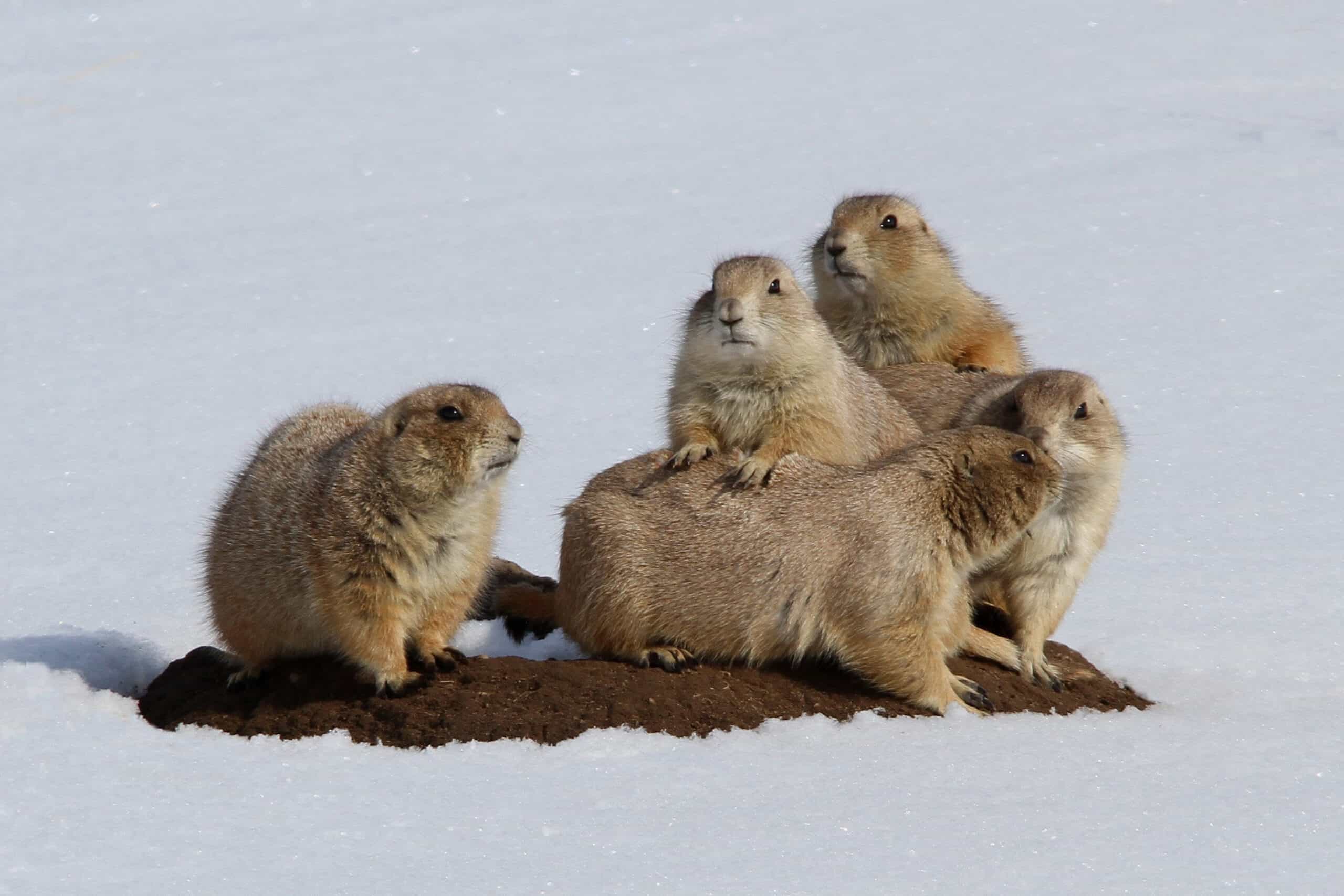
Emerging threat of wildlife disease warrants revamped National Wildlife Health Center
The National Wildlife Health Center is addressing overcrowded laboratories and outdated technology
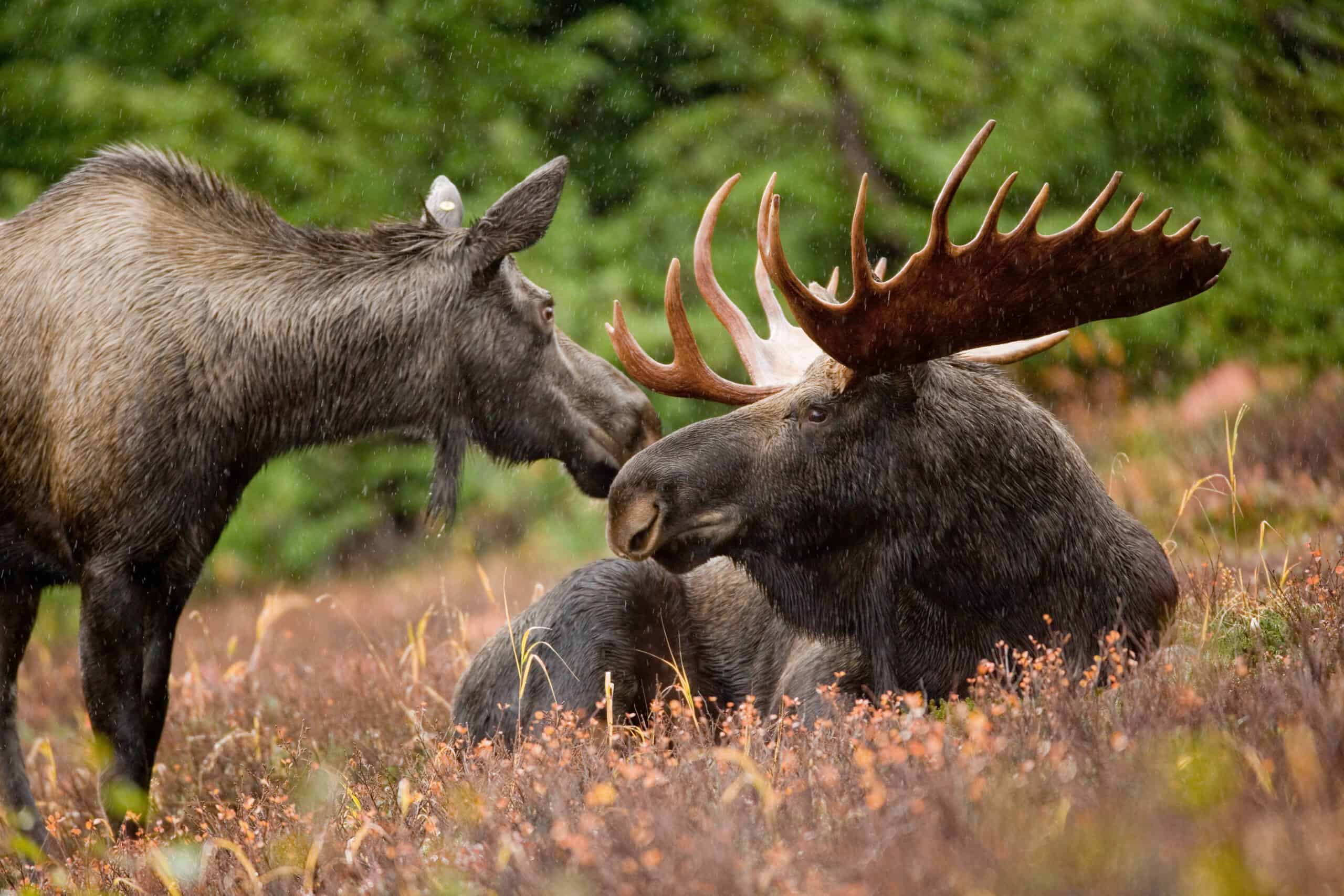
USDA grant explores COVID virus in wildlife
Researchers will test 58 species to monitor the potential for spillback to humans




